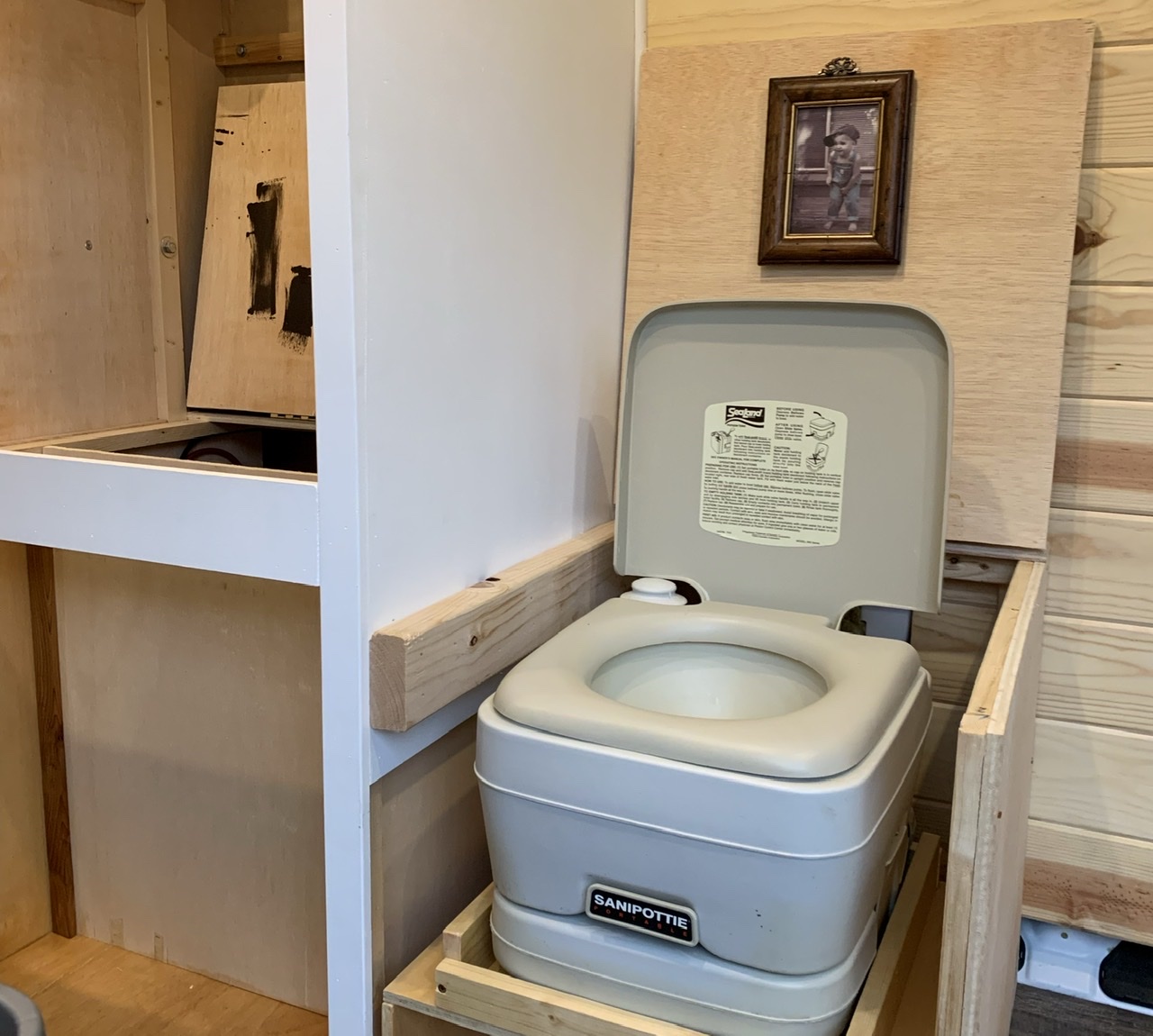

Articles
How Does A Cassette Toilet Work
Modified: March 23, 2024
Discover how a cassette toilet works in our informative articles. Explore the innovative features and benefits of this convenient bathroom solution.
(Many of the links in this article redirect to a specific reviewed product. Your purchase of these products through affiliate links helps to generate commission for Storables.com, at no extra cost. Learn more)
Introduction
When it comes to portable sanitation solutions for outdoor adventures or recreational vehicles, cassette toilets have become increasingly popular. These ingenious pieces of equipment provide a convenient and sanitary way to address the call of nature in a compact and efficient manner. If you’re curious about how a cassette toilet works and why it might be a great option for your next adventure, keep reading.
A cassette toilet is a portable sanitation system that combines the functions of a toilet and a waste storage tank in one unit. It is commonly used in campervans, caravans, boats, and other recreational vehicles, offering a convenient and hygienic alternative to traditional portable toilets.
Key Takeaways:
- Cassette toilets offer a portable and hygienic solution for outdoor adventures, providing convenience, odor control, and versatility without the need for external plumbing. They prioritize user comfort and environmental friendliness.
- While cassette toilets provide numerous advantages such as portability and easy installation, it’s important to consider potential limitations like limited waste capacity and manual handling of waste. Proper maintenance and consideration of individual needs are crucial.
Read more: How To Get A Cassette Adapter To Work
What is a Cassette Toilet?
A cassette toilet is a self-contained portable toilet system that consists of two primary components: a toilet bowl and a removable waste cassette. This innovative design allows for easy and convenient waste disposal without the need for a dedicated plumbing system or external disposal facilities.
The toilet bowl of a cassette toilet functions similarly to a traditional toilet, with a seat, flush mechanism, and waste outlet. However, instead of flushing waste directly into a sewer or septic system, the waste is collected in a detachable cassette located beneath the toilet bowl.
The waste cassette, also known as the holding tank, is a sealed container that holds the waste until it can be properly disposed of. It is typically made of durable and lightweight plastic, ensuring that it can be easily handled and transported.
One of the key advantages of a cassette toilet is its simplicity and ease of use. The cassette can be easily accessed and removed from the toilet unit, allowing for quick and hassle-free waste disposal. Most cassette toilets also come equipped with indicators or level gauges, indicating when the cassette needs to be emptied.
Cassette toilets offer a significant improvement over traditional portable toilets and pit toilets, which require manual emptying or specialized disposal facilities. With a cassette toilet, users have the freedom to dispose of waste at designated dump stations or suitable waste disposal facilities, making it a versatile option for a wide range of outdoor activities and travel adventures.
In the next section, we will explore the various components of a cassette toilet in more detail, shedding light on how each component contributes to the toilet’s overall functionality.
Components of a Cassette Toilet
A cassette toilet consists of several key components that work together to provide a reliable and efficient sanitation system. Understanding these components will give you a better appreciation for how a cassette toilet operates. Let’s take a closer look at each component:
- Toilet Bowl: The toilet bowl is the part of the cassette toilet where users sit and conduct their business. It is designed to provide comfort and functionality, similar to a standard household toilet. The toilet bowl may have a built-in flush mechanism, which we will discuss further in the next section.
- Flush Mechanism: The flush mechanism in a cassette toilet is responsible for cleansing the toilet bowl after use. It typically involves a water reservoir and a hand-operated pump or button that releases water into the bowl, simulating the flush of a traditional toilet. This mechanism helps maintain cleanliness and eliminates odors within the toilet unit.
- Waste Outlet: The waste outlet is the connection point between the toilet bowl and the waste cassette. After a user has flushed the toilet, the waste is directed through the waste outlet into the cassette for containment and disposal.
- Waste Cassette: The waste cassette is the core component of a cassette toilet. It is a detachable and sealed container that collects and stores waste until it can be properly disposed of. The cassette is designed to be easy to remove and handle, allowing for convenient waste disposal.
- Waste Level Indicator: Many cassette toilets are equipped with a waste level indicator, which is a gauge or visual display that shows the level of waste inside the cassette. This indicator helps users determine when it’s time to empty the cassette to prevent overflow.
- Seal and Locking Mechanism: To ensure a reliable and odor-free system, cassette toilets are equipped with a seal and locking mechanism that effectively seals the waste cassette when it is installed in the toilet unit. This prevents any leakage or unpleasant odors from escaping.
- Ventilation System: To manage odors, cassette toilets often utilize a ventilation system that helps circulate fresh air and remove any unpleasant smells. This system may include a fan or vent located near the waste cassette, ensuring a more pleasant and odor-free experience.
By understanding the various components of a cassette toilet, you can better comprehend how each element contributes to the overall functionality of the system. In the next section, we will delve into the working mechanism of a cassette toilet, providing insights into how waste is flushed, collected, and managed.
How Does a Cassette Toilet Work?
A cassette toilet operates through a simple and efficient process that combines flushing, waste collection, and odor control. Let’s take a closer look at the working mechanism of a cassette toilet:
- Flushing Mechanism: When a user wants to flush the toilet, they can activate the flush mechanism, which typically involves pressing a button or operating a hand pump. This action releases water from a reservoir into the toilet bowl, providing a thorough flush and rinsing the bowl to ensure cleanliness.
- Waste Collection: After flushing, waste and liquid flow through the waste outlet and into the waste cassette located beneath the toilet bowl. The waste cassette is designed to securely collect and contain the waste until it can be appropriately disposed of. The seal and locking mechanism ensure that the cassette remains tightly sealed, preventing any leakage or odor escape.
- Odor Control: To address odor concerns, cassette toilets are equipped with various features to minimize and eliminate unpleasant smells. Many models include a ventilation system that helps circulate fresh air and extract any odors near the waste cassette. In addition, some cassettes may contain deodorizing chemicals or tablets that help neutralize odors and keep the unit smelling fresh.
- Maintenance and Cleaning: Regular maintenance and cleaning are essential to keep a cassette toilet in optimal condition. The waste cassette should be emptied and cleaned at designated dump stations or waste disposal facilities. It’s important to follow proper hygiene practices during the emptying process to ensure personal safety and prevent contamination.
Cassette toilets provide a convenient and portable sanitation solution for outdoor enthusiasts and individuals on the move. Their compact design and user-friendly operation make them ideal for use in campervans, caravans, boats, and other recreational vehicles.
In the next sections, we will explore the advantages and disadvantages of cassette toilets, helping you determine whether this type of toilet is the right choice for your needs and preferences.
Flushing Mechanism
The flushing mechanism is a critical component of a cassette toilet as it ensures proper hygiene and cleanliness after each use. The function of the flushing mechanism is to remove waste from the toilet bowl, rinse it thoroughly, and maintain a fresh and odor-free environment. Let’s dive deeper into how the flushing mechanism works in a cassette toilet:
In most cassette toilets, the flushing mechanism involves the use of water to carry away waste and cleanse the toilet bowl. There are typically two types of flushing mechanisms: manual and electric.
Manual Flush: In a manual flushing mechanism, users activate the flush by pressing a button or operating a hand pump. When the flush is engaged, water from a water reservoir is released into the toilet bowl, creating a flow that effectively flushes away waste. The user has control over the amount of water used per flush, ensuring efficient water usage.
Electric Flush: Some cassette toilets feature an electric flushing mechanism. With an electric flush, users can initiate the flush with a simple push of a button. An electric pump or motor delivers water from a dedicated water supply to the toilet bowl, providing a consistent and powerful flush to remove waste effectively.
Regardless of the type of flushing mechanism, the goal is to thoroughly rinse the toilet bowl and ensure that all waste is flushed away. Adequate water flow helps to prevent the buildup of stains and odors, contributing to a more pleasant and hygienic experience for users.
In situations where a dedicated water supply is not readily available, cassette toilets may utilize a separate water tank that can be filled manually. This allows for greater flexibility in installations where access to water is limited.
To enhance the effectiveness of the flushing mechanism, it’s important to use eco-friendly and biodegradable toilet paper designed to break down easily in the waste cassette. This helps prevent clogs and promotes smooth waste disposal.
Overall, the flushing mechanism in a cassette toilet plays a crucial role in maintaining cleanliness and freshness. It ensures that waste is efficiently removed from the toilet bowl and prepares the unit for the next use. With proper usage and maintenance, a cassette toilet’s flushing mechanism can provide a convenient and sanitary solution for portable sanitation needs.
Read more: How Does A Bidet Toilet Work
Waste Collection
Waste collection is a vital aspect of a cassette toilet, as it allows for the proper containment of waste until it can be emptied and disposed of safely. The waste collection system in a cassette toilet ensures hygiene, convenience, and ease of use. Let’s explore how waste is collected in a cassette toilet:
Once the user flushes the toilet, waste and liquid flow through the waste outlet located at the bottom of the toilet bowl. The waste outlet directs the waste into the waste cassette, which is a removable and sealed container specifically designed to hold waste.
The waste cassette is carefully engineered to securely and tightly seal the waste inside, preventing leaks, odor escape, and contamination. It is made of durable, lightweight plastic that is easy to handle and transport. The cassette is typically equipped with a locking mechanism to ensure a secure fit within the toilet unit, further preventing any potential leakage.
Most cassette toilets come with a waste level indicator, either in the form of a gauge or a visual display, to help users determine when the waste cassette needs to be emptied. This feature is especially useful as it prevents overfilling and avoids any potential overflow.
To empty the waste cassette, users need to locate a designated dump station or appropriate waste disposal facility. These facilities are specifically designed to handle the proper disposal of waste from a cassette toilet. Simply remove the waste cassette from the toilet unit, unlock the sealing mechanism, and carefully empty the contents into the suitable waste disposal receptacles provided at the dump station.
It is important to follow proper sanitary practices during the emptying process, including wearing gloves and practicing good hygiene to prevent contamination. Once the waste has been properly emptied, the cassette can be rinsed and cleaned to maintain hygiene and freshness.
Proper waste disposal is not only a matter of hygiene but also environmental responsibility. It is essential to dispose of waste from a cassette toilet at the designated facilities rather than in inappropriate locations, such as nature reserves or bodies of water.
With its efficient waste collection system, a cassette toilet provides a hygienic and convenient solution for waste management in outdoor adventures, recreational vehicles, and camping trips. It allows for easy waste containment, safe transport, and hassle-free disposal.
Next, we will delve into the importance of odor control in a cassette toilet and how it helps maintain a pleasant and odor-free environment.
When using a cassette toilet, make sure to use the appropriate chemicals to break down waste and control odors. Empty the cassette regularly to prevent overflow and maintain hygiene.
Odor Control
Odor control is a crucial aspect of any sanitation system, and cassette toilets are no exception. Maintaining a pleasant and odor-free environment is essential for the comfort and well-being of users. Let’s explore how cassette toilets address odor control:
Cassette toilets are designed with various features and mechanisms to minimize and eliminate unpleasant smells. These features ensure a more enjoyable and hygienic experience. Here are some key components that contribute to effective odor control:
Ventilation System: Many cassette toilets are equipped with a ventilation system. This system helps circulate fresh air within the toilet unit, preventing odors from building up. It may include a fan or a vent located near the waste cassette. The ventilation system helps maintain a fresh and clean environment, even in confined spaces.
Sealing Mechanism: The seal and locking mechanism in a cassette toilet play a vital role in preventing odor escape. When the waste cassette is locked into the toilet unit, it forms a tight and secure seal. This ensures that any odors generated inside the cassette are contained within the system, minimizing the potential for unpleasant smells to permeate the surrounding area.
Deodorizers: To further enhance odor control, some cassette toilets incorporate deodorizing chemicals or tablets in the waste cassette. These deodorizers work to neutralize odors and keep the unit smelling fresh. Be sure to use appropriate and biodegradable deodorizers, as recommended by the manufacturer, to maintain the efficiency of the system.
Proper Cleaning and Maintenance: Regular cleaning and maintenance are essential to prevent odor buildup in a cassette toilet. It is important to follow the manufacturer’s instructions for cleaning the toilet bowl, waste cassette, and ventilation system. Using mild, non-abrasive cleaners and rinsing thoroughly will help remove any residue or bacteria that could contribute to odors.
Proper Waste Disposal: Proper waste disposal is crucial for odor control. Empty the waste cassette at designated dump stations or appropriate waste disposal facilities. Avoid leaving waste in the cassette for extended periods, as this can lead to increased odor. Emptying the waste cassette in a timely manner and following the proper disposal procedures will help maintain an odor-free environment.
By incorporating these odor control features and following proper maintenance practices, cassette toilets can provide a fresh and pleasant experience for users. This makes them a popular choice for outdoor enthusiasts and individuals seeking a portable and convenient sanitation solution.
In the next section, we will discuss the advantages and disadvantages of cassette toilets to help you make an informed decision about whether this type of toilet is right for you.
Maintenance and Cleaning
Maintenance and cleaning are essential aspects of keeping a cassette toilet in optimal condition and ensuring its longevity. Regular maintenance not only helps maintain hygiene but also prevents odors and potential issues. Let’s delve into the key points of maintenance and cleaning for a cassette toilet:
Emptying the Waste Cassette: One of the primary maintenance tasks for a cassette toilet is emptying the waste cassette. It is crucial to empty the cassette at designated dump stations or appropriate waste disposal facilities. Follow the instructions provided by the manufacturer for safe and proper waste disposal. Empty the cassette in a timely manner to prevent overflow and maintain odor control.
Cleaning the Toilet Bowl: Regular cleaning of the toilet bowl helps prevent the buildup of stains, mineral deposits, and odors. Use a mild, non-abrasive cleaner and a soft brush to clean the bowl. Rinse thoroughly with water to remove any residue and ensure cleanliness. Avoid using harsh chemicals or abrasive cleaners that can damage the toilet bowl’s surface.
Cleaning the Waste Cassette: Cleaning the waste cassette is crucial for maintaining hygiene and preventing odor buildup. Empty the waste cassette completely and rinse it with water at a dump station or suitable cleaning area. Use a mild detergent or specialized cassette toilet cleaner to scrub the inside of the cassette. Rinse thoroughly to ensure all cleaning agents are removed. Allow the cassette to dry before reconnecting it to the toilet unit.
Regular Ventilation System Maintenance: If your cassette toilet has a ventilation system, it is important to regularly clean and maintain it. Follow the manufacturer’s instructions for cleaning the fan or vent, ensuring that it operates smoothly and effectively. Clean or replace the ventilation system filters as recommended to maintain optimal airflow and odor control.
Inspecting Seals and Connections: Regularly inspect the seals and connections of your cassette toilet. Check for any signs of wear, damage, or leaks. Ensure that all connections are secure and tight. Replace any worn-out seals or faulty parts to maintain a proper seal and prevent potential issues.
Using Appropriate Toilet Paper and Chemicals: Use toilet paper that is specifically designed for cassette toilets. Avoid using regular household toilet paper, as it may not break down properly and can lead to clogs. Additionally, use biodegradable and manufacturer-approved chemicals or deodorizers to maintain odor control and ensure compatibility with your cassette toilet system.
Following Manufacturer’s Guidelines: Always refer to the manufacturer’s guidelines and instructions for specific maintenance and cleaning procedures for your cassette toilet model. Each toilet may have unique features or requirements, and following the manufacturer’s recommendations will help ensure optimal performance and longevity.
By incorporating regular maintenance and cleaning into your cassette toilet routine, you can enjoy a hygienic and odor-free experience. These simple tasks contribute to the longevity and reliability of your cassette toilet, making it a convenient and reliable sanitation solution for your outdoor adventures or recreational vehicle.
Advantages of Cassette Toilets
Cassette toilets offer numerous advantages that make them a popular choice for outdoor enthusiasts, travelers, and individuals seeking a portable sanitation solution. Let’s explore some of the key advantages of cassette toilets:
- Portability: One of the primary advantages of cassette toilets is their portability. These toilets are designed to be lightweight and compact, making them easy to transport and install in various settings. Whether you’re camping, traveling in a recreational vehicle, or boating, cassette toilets provide a convenient and portable sanitation solution.
- Easy Installation: Cassette toilets are relatively easy to install, requiring minimal setup and no complex plumbing connections. They are self-contained units that can be placed in any suitable space within your vehicle or camping setup. This makes them a practical choice for those who want a hassle-free and user-friendly sanitation system.
- No Need for External Plumbing: Unlike traditional toilets that require a dedicated plumbing system or connection to a sewer or septic system, cassette toilets operate independently. They do not require any external plumbing, eliminating the need for complex installations or modifications to your vehicle or camping setup.
- Convenience: Cassette toilets offer the convenience of having a toilet readily available whenever and wherever you need it. You no longer have to rely on public restrooms or search for suitable outdoor facilities. With a cassette toilet, you have the freedom to answer nature’s call with ease and privacy.
- Hygiene and Odor Control: Cassette toilets are designed with features that promote hygiene and odor control. They have flushing mechanisms to clean the toilet bowl and waste collection systems that securely seal and contain waste until it can be properly disposed of. Ventilation systems, deodorizers, and regular cleaning routines help maintain a fresh and odor-free environment.
- Versatility: Cassette toilets are versatile and suitable for a wide range of outdoor activities and travel purposes. Whether you’re camping in a tent, traveling in a campervan or motorhome, boating, or attending outdoor events, a cassette toilet can provide a practical and hygienic sanitation solution.
- Environmental Friendliness: Many cassette toilets strive to be environmentally friendly. They promote efficient water usage with adjustable flush mechanisms, and waste cassettes can be emptied at designated waste disposal facilities, preventing contamination of natural surroundings. Some models even use biodegradable chemicals and eco-friendly materials to promote a greener approach to sanitation.
These advantages make cassette toilets a popular choice for individuals and families who value convenience, portability, and hygiene. Whether you’re exploring the great outdoors or embarking on a road trip, a cassette toilet can provide a convenient and reliable sanitation solution.
However, it’s essential to consider the potential disadvantages of cassette toilets as well. Let’s explore some of these disadvantages in the next section to provide a balanced view of this sanitation option.
Read more: How Does Toilet Plumbing Work
Disadvantages of Cassette Toilets
While cassette toilets offer many advantages, it is important to also consider their potential disadvantages. Understanding these drawbacks can help you make an informed decision about whether a cassette toilet is the right choice for your needs. Here are some common disadvantages associated with cassette toilets:
- Limited Waste Capacity: One of the main disadvantages of cassette toilets is their relatively small waste capacity compared to traditional toilets or holding tank systems. The waste cassette may need to be emptied more frequently, especially during extended trips or when multiple people are using the toilet regularly. Emptying the cassette can be a chore and may require finding suitable waste disposal facilities.
- Manual Handling of Waste: Emptying the waste cassette of a cassette toilet involves manual handling of waste. While most cassettes are designed to be sealed and secure, some individuals may find the process unpleasant or unhygienic. It is important to follow proper hygiene practices and use protective gloves during the emptying process.
- Cost: Cassette toilets can be a significant investment compared to other portable toilet options. The initial cost of purchasing a cassette toilet and any necessary accessories can be higher than other alternatives. However, it is important to consider the long-term benefits and convenience that a cassette toilet provides.
- Odor Management: While cassette toilets are equipped with odor control features, such as ventilation systems and deodorizers, some odors may still be present, especially during prolonged use or when the waste cassette is nearing its full capacity. Proper cleaning and maintenance, as well as using appropriate chemicals, can help manage odors effectively.
- Space Requirements: Cassette toilets require dedicated space within your vehicle or camping setup. Depending on the size of the cassette toilet and your available space, this can impact the overall layout and functionality of your living or recreational area. It is important to consider the dimensions and installation requirements of the cassette toilet before making a purchase.
- Not Suitable for Freezing Temperatures: Some cassette toilets may not be suitable for use in freezing temperatures. Liquid waste may freeze within the cassette or plumbing system, causing potential damage. It is important to follow the manufacturer’s guidelines and consider alternative sanitation options if you plan to camp or travel in extremely cold conditions.
While these disadvantages should be taken into account, it is important to note that many individuals find the benefits of cassette toilets outweigh these limitations. The decision ultimately depends on your specific needs, preferences, and camping or travel requirements.
By carefully considering the advantages and disadvantages of cassette toilets, you will be able to make an informed decision about whether they are the right choice for your portable sanitation needs.
Conclusion
Cassette toilets have revolutionized portable sanitation, offering a convenient and hygienic solution for outdoor enthusiasts, travelers, and those seeking a portable toilet option. With their compact design, easy installation, and self-contained waste management system, cassette toilets have become a popular choice for individuals on the move.
Throughout this article, we have explored the various components and working mechanisms of cassette toilets. From the flushing mechanism to waste collection, odor control, and maintenance, we have delved into the details to provide a comprehensive understanding of how these toilets operate.
Cassette toilets offer numerous advantages. Their portability, convenience, and versatility make them an ideal choice for camping trips, road adventures, and recreational vehicles. They eliminate the need for external plumbing systems, allowing for easy installation and freedom of movement. Moreover, cassette toilets prioritize hygiene and odor control through ventilation systems, sealing mechanisms, and deodorizers.
However, it is important to consider the potential disadvantages of cassette toilets as well. Their limited waste capacity, the manual handling of waste during emptying, and the associated costs should be evaluated before making a decision.
In conclusion, cassette toilets are a practical and efficient option for those seeking a portable sanitation solution. They offer convenience, mobility, and a hygienic alternative to traditional toilets. By understanding their features, advantages, and disadvantages, you can make an informed decision about whether a cassette toilet is right for your outdoor adventures or travel requirements.
Remember to follow proper maintenance and cleaning practices to ensure the longevity and optimal performance of your cassette toilet. With proper care, a cassette toilet can provide a reliable and convenient sanitation solution for your outdoor experiences.
Frequently Asked Questions about How Does A Cassette Toilet Work
Was this page helpful?
At Storables.com, we guarantee accurate and reliable information. Our content, validated by Expert Board Contributors, is crafted following stringent Editorial Policies. We're committed to providing you with well-researched, expert-backed insights for all your informational needs.
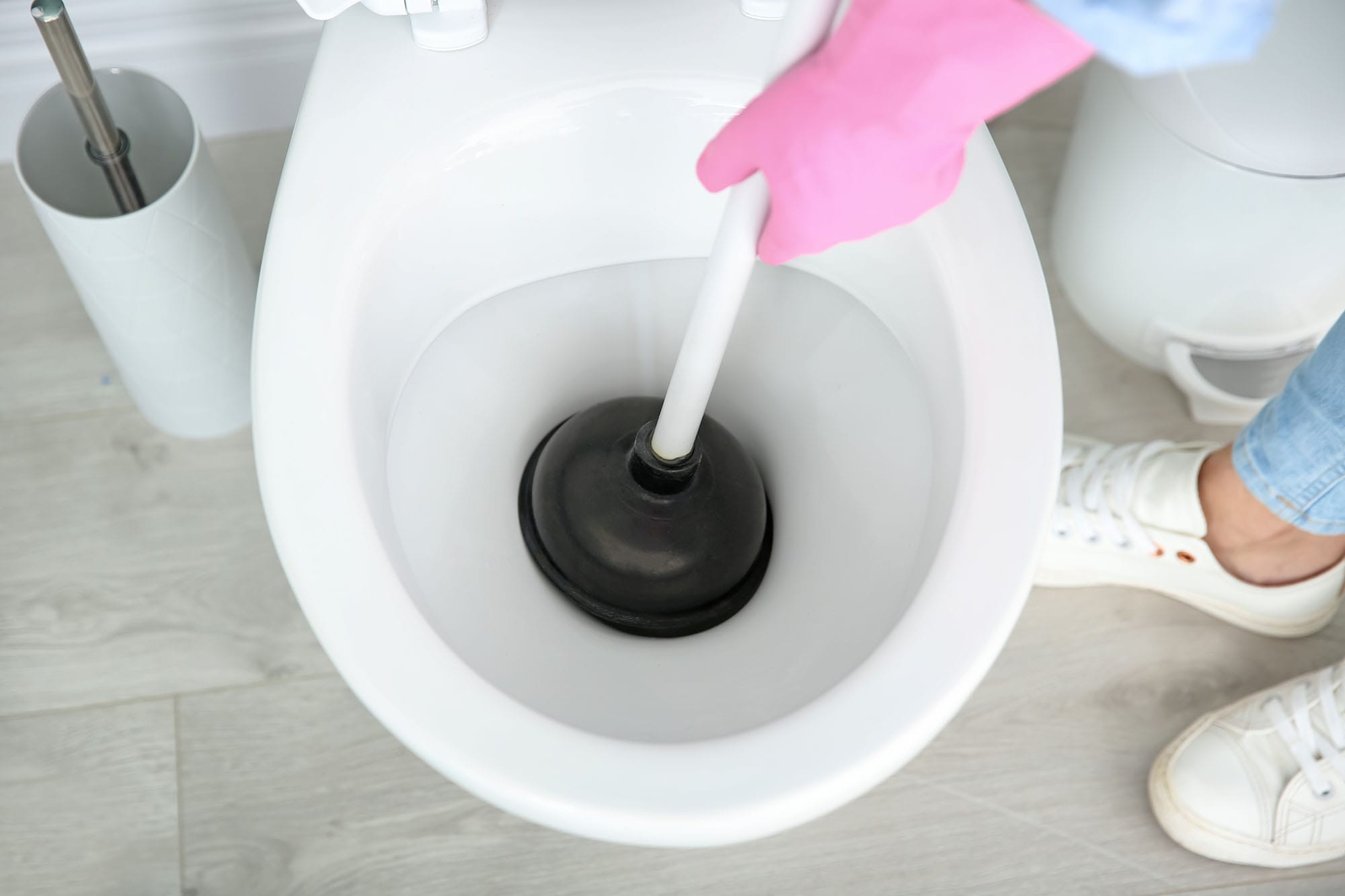
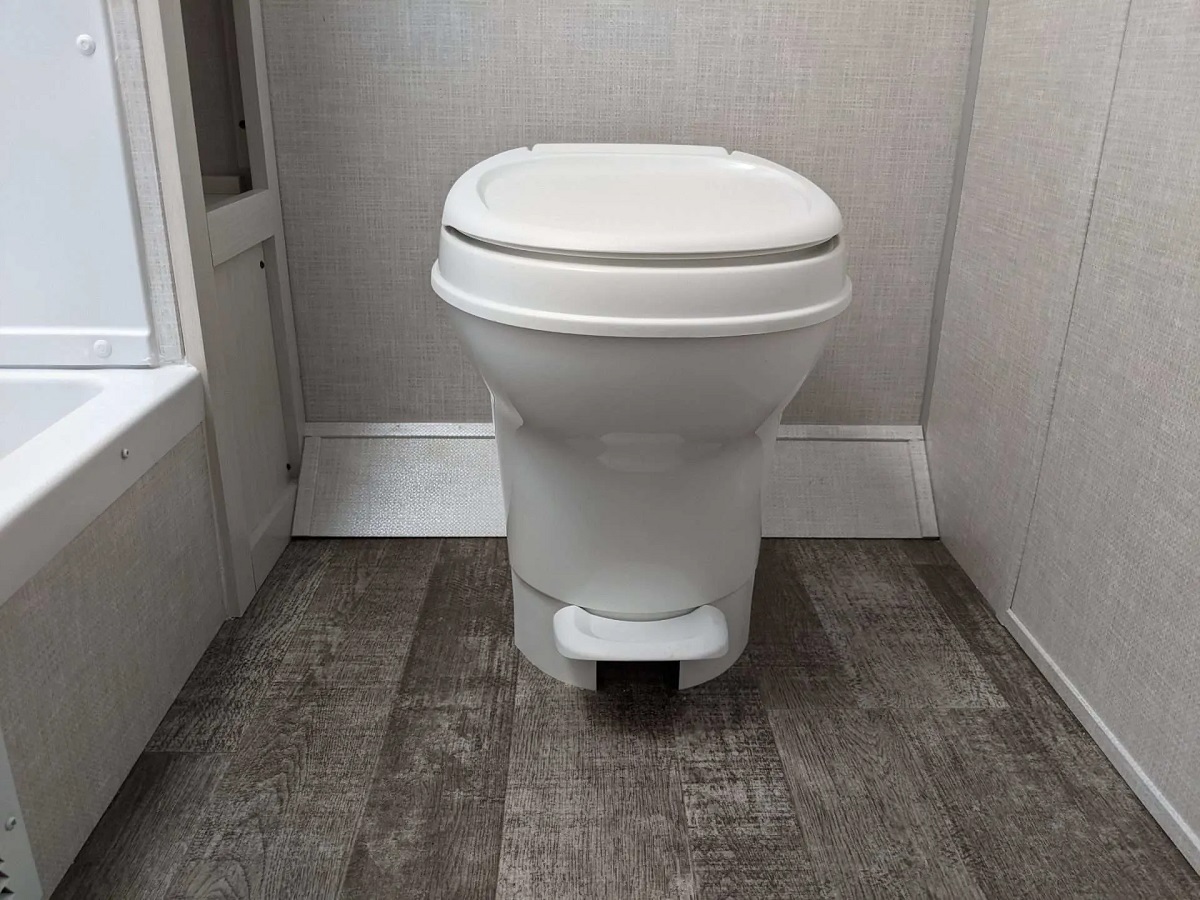
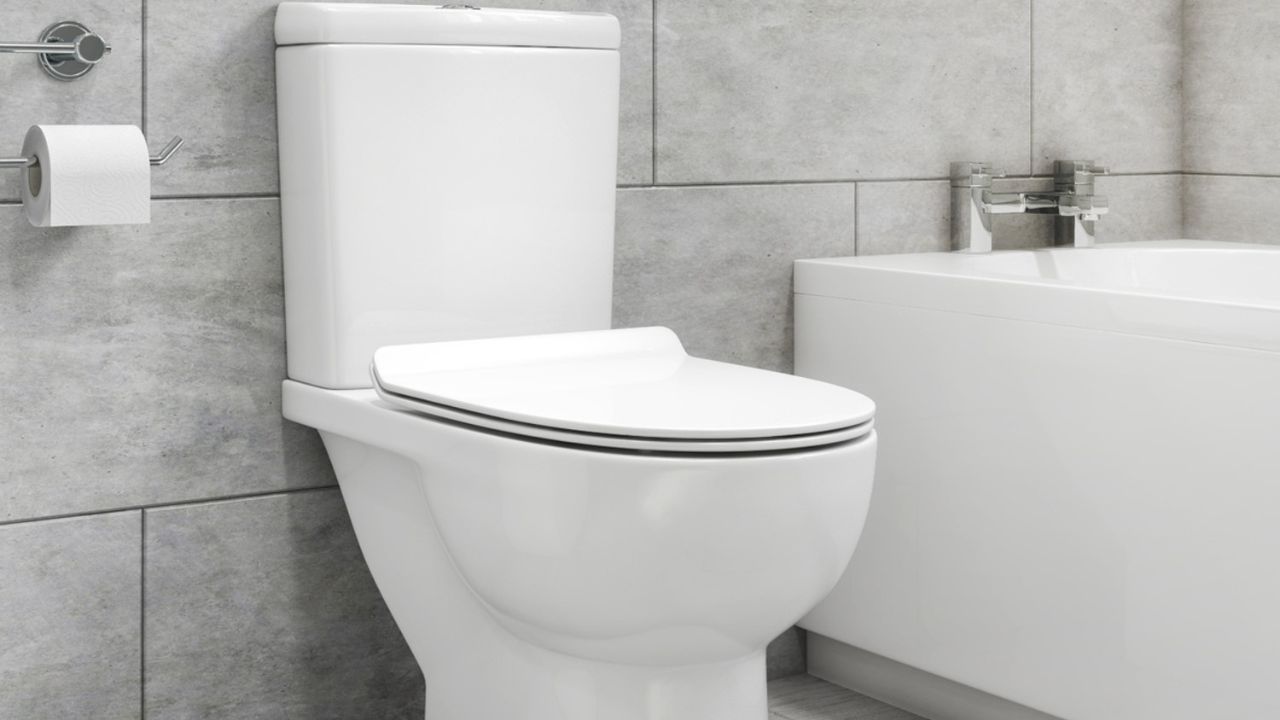
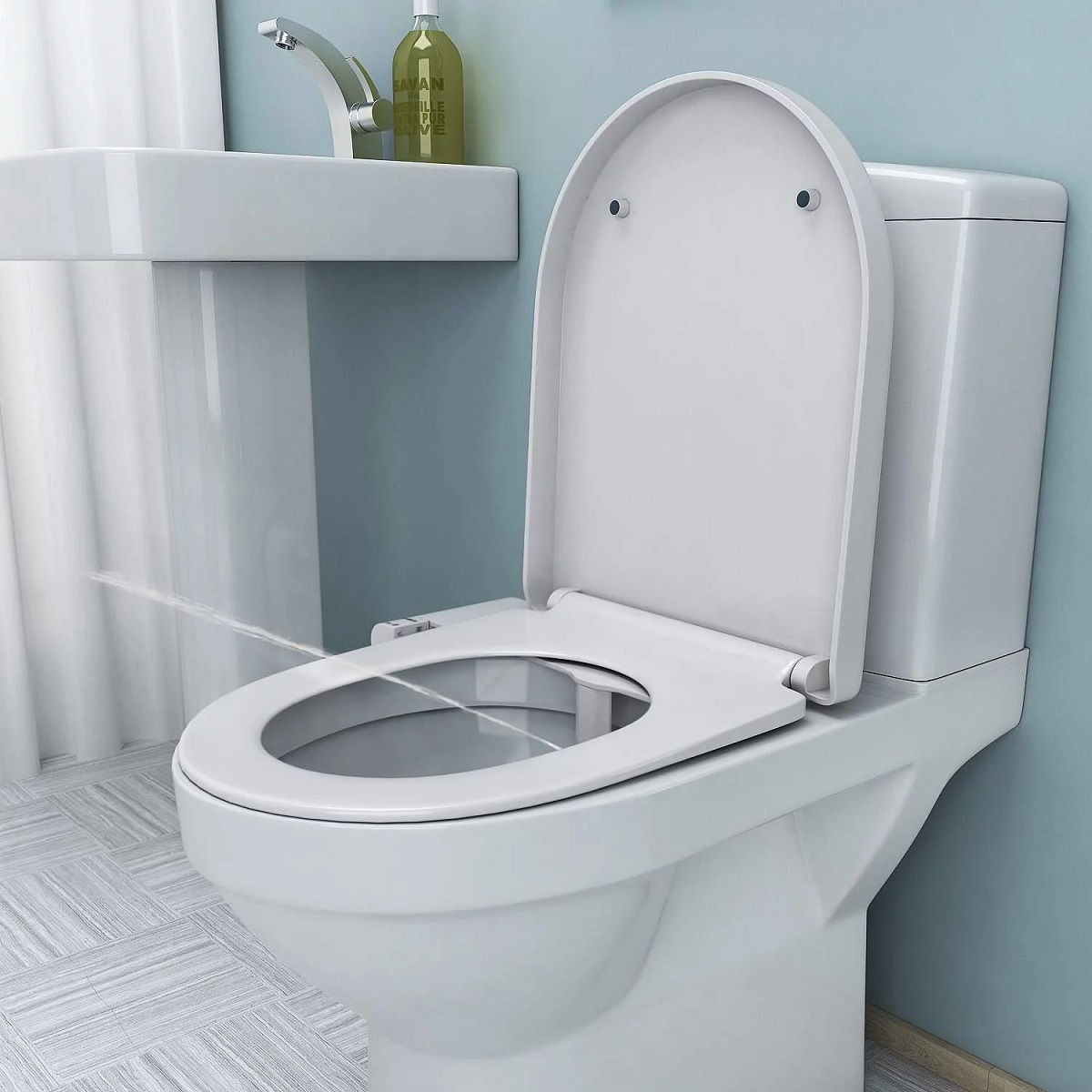
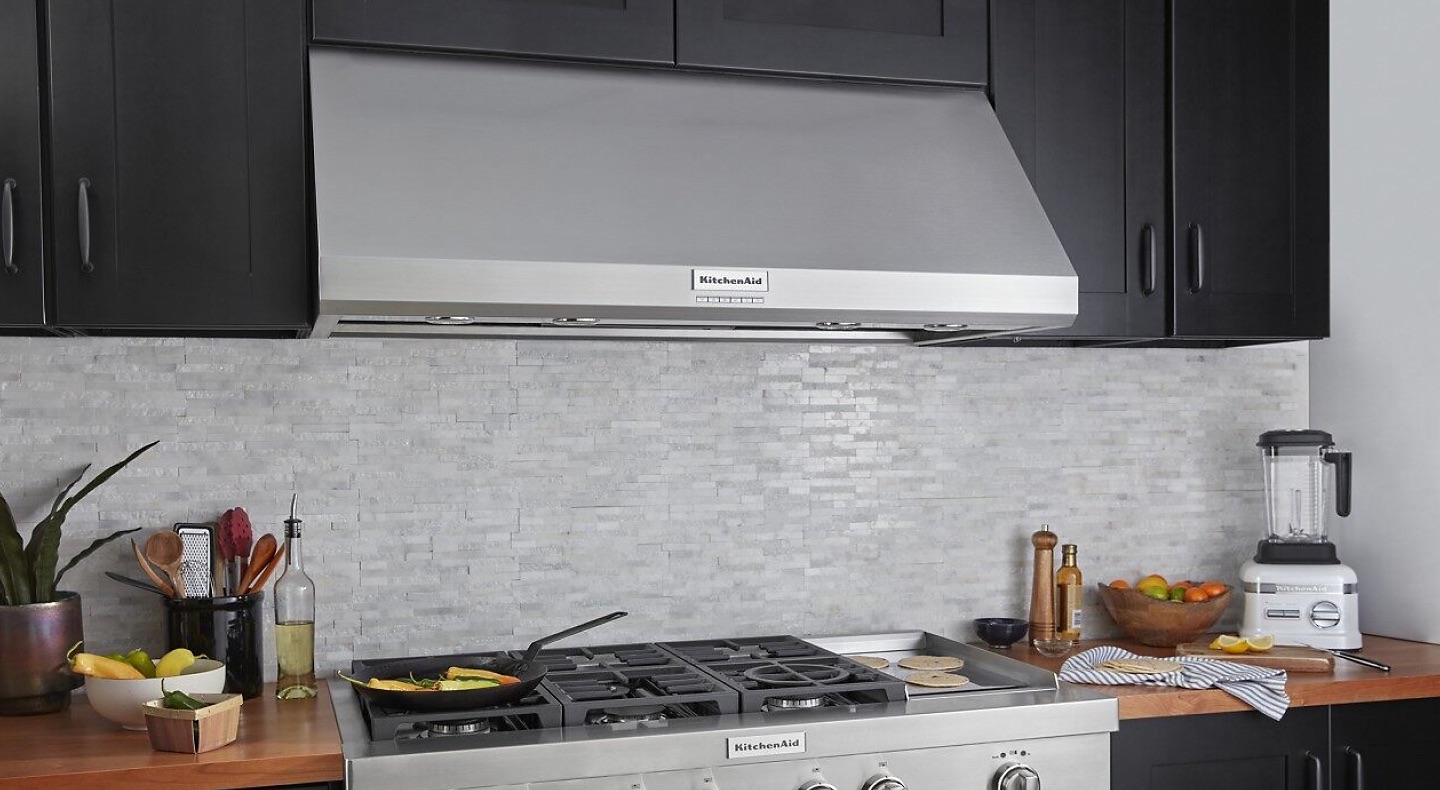
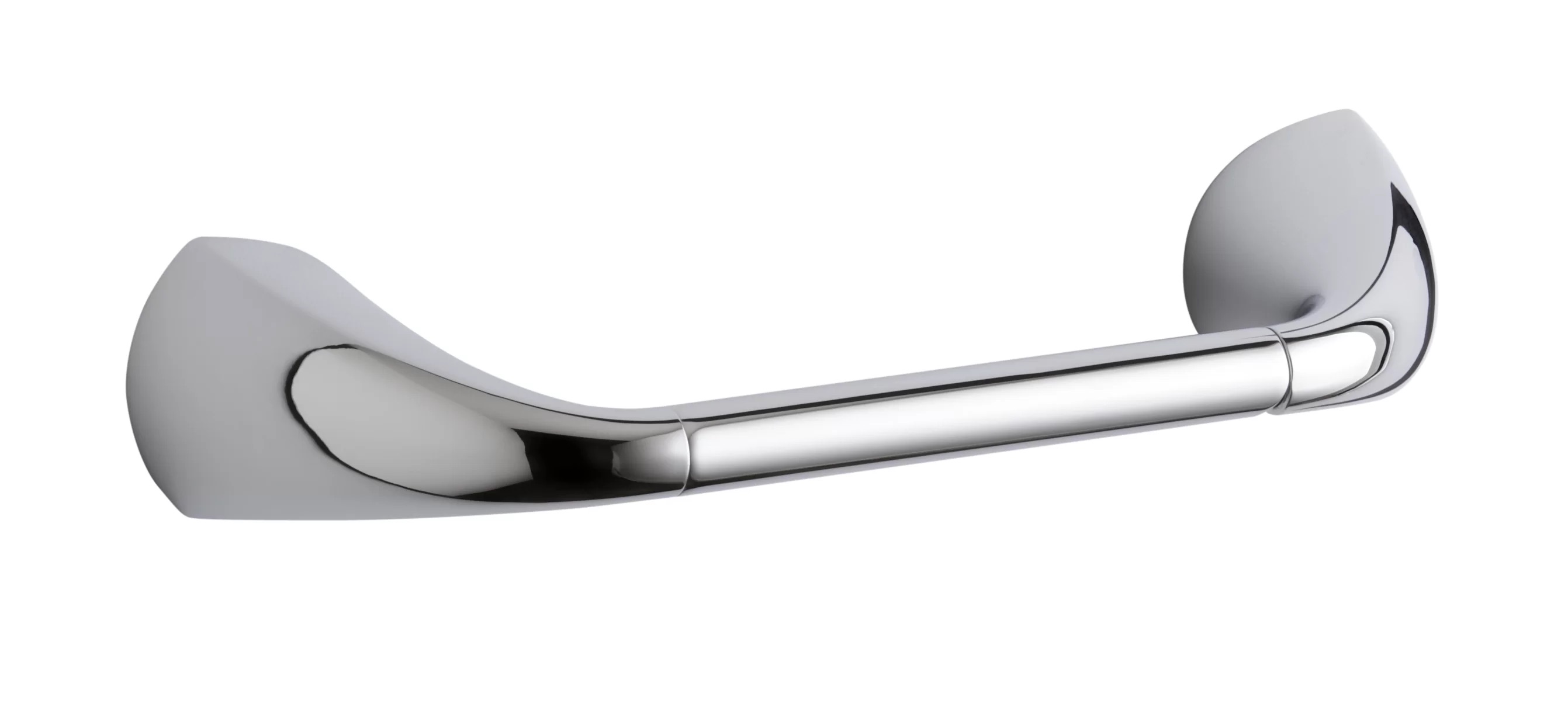

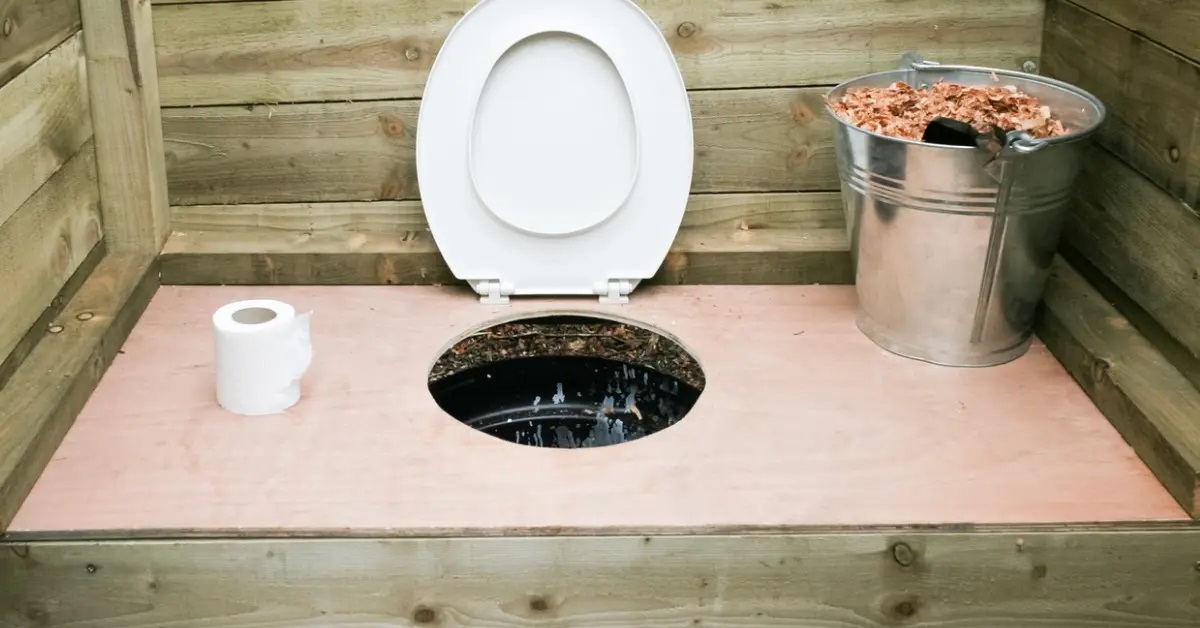
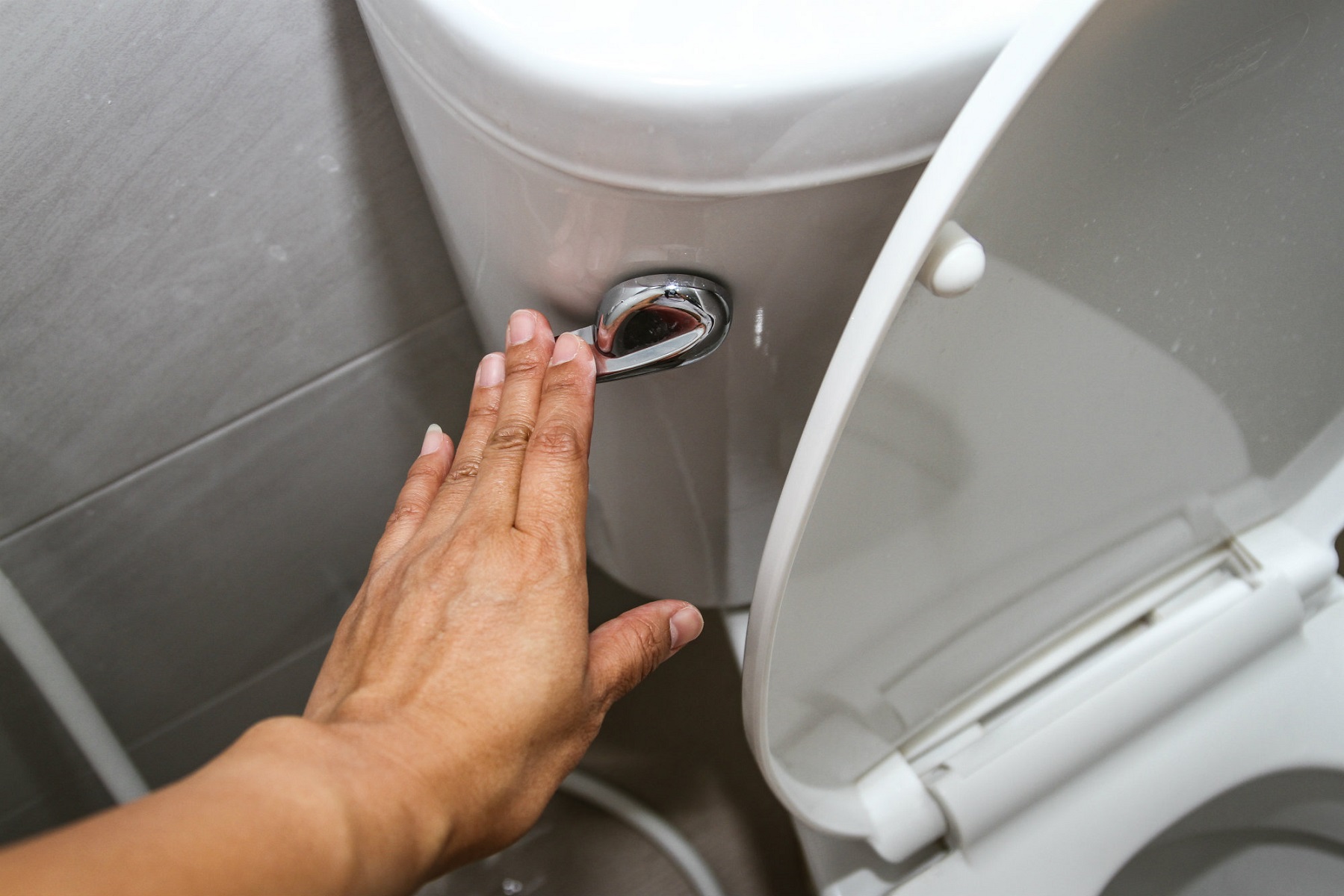
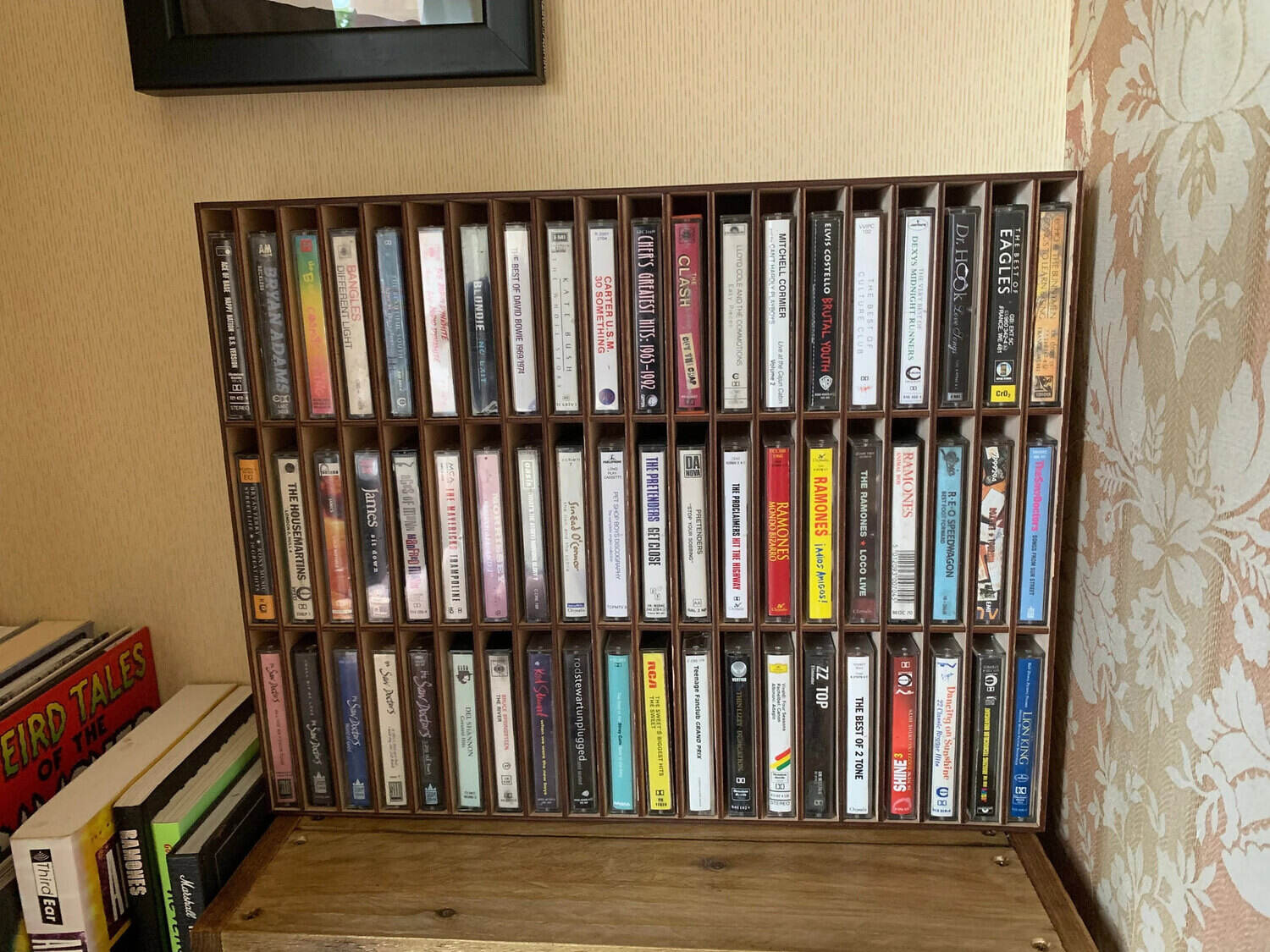
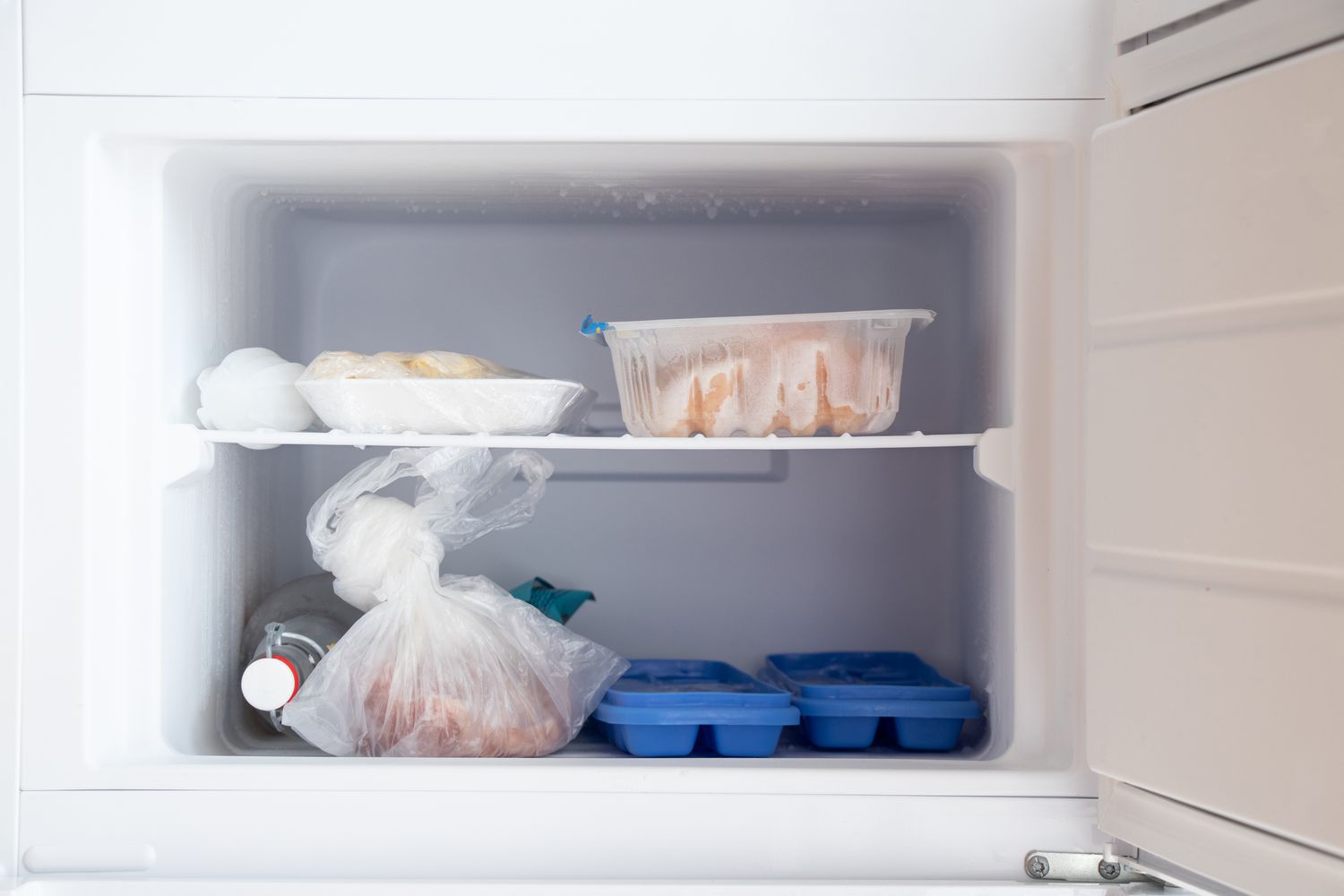



0 thoughts on “How Does A Cassette Toilet Work”